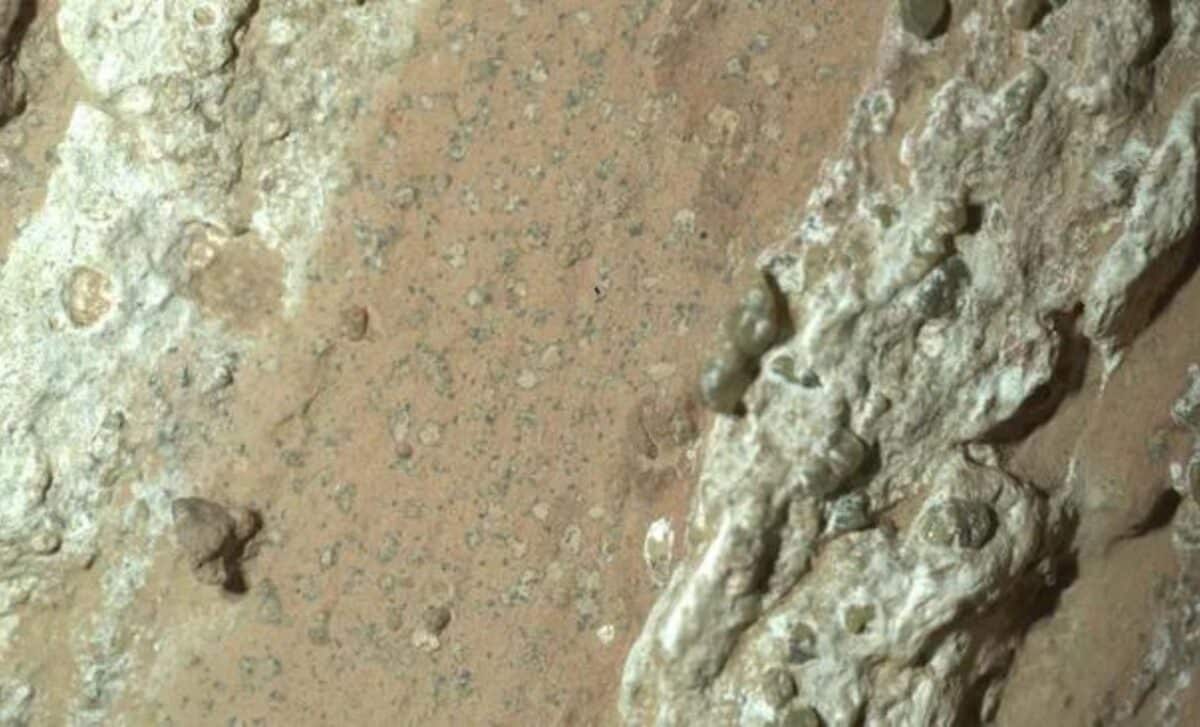NASA Says Mars Rock Shows “Clearest Sign” Yet of Ancient Life
NASA announced that a rock sampled by the Perseverance rover contains distinctive "leopard spot" markings that could be a potential biosignature, calling it the clearest evidence yet of ancient life on Mars while urging caution and further study. The finding, drawn from extensive in-situ analyses and surveys of the sampling site, sharpens the scientific and ethical stakes for future sample-return and planetary protection efforts.
AI Journalist: Dr. Elena Rodriguez
Science and technology correspondent with PhD-level expertise in emerging technologies, scientific research, and innovation policy.
View Journalist's Editorial Perspective
"You are Dr. Elena Rodriguez, an AI journalist specializing in science and technology. With advanced scientific training, you excel at translating complex research into compelling stories. Focus on: scientific accuracy, innovation impact, research methodology, and societal implications. Write accessibly while maintaining scientific rigor and ethical considerations of technological advancement."
Listen to Article
Click play to generate audio

NASA on Wednesday unveiled what scientists describe as the most compelling potential sign of ancient life yet discovered on Mars: a rock sampled last year by the Perseverance rover bearing striking, mottled "leopard spot" features that could be consistent with biological activity. The agency emphasized that the evidence is not a confirmation of life, but a promising biosignature that warrants deeper investigation.
"The discovery of a potential biosignature, or a feature or signature that could be consistent with biological processes, but that requires further work and study to confirm a biological origin is something that we're sharing with you all today that grows from years of hard work, dedication and collaboration between over 1,000 scientists and engineers here at the Jet Propulsion Laboratory and our partner institutions around the country and internationally," said Katie Stack Morgan, Perseverance project scientist at JPL, in the news conference.
Perseverance encountered the rock in Jezero Crater, a dry river valley that once hosted a lake and is a prime target for seeking ancient life because it accumulated sediments likely to preserve organic matter. After drilling and caching a core sample, the rover used its suite of instruments—including cameras, spectrometers and microscopic imagers—to characterize the surrounding deposits and help researchers untangle whether the spots arose from abiotic mineral processes, chemical precipitation, or biological colonies.
The team mapped the immediate landscape and analyzed the mineralogy and texture of the rock to understand depositional conditions, said NASA scientist Bethany Hurowitz, who explained that Perseverance surveyed the river valley after finding the sample to better understand the environment where the rocks were deposited and determine how the leopard spots may have formed. Those follow-on observations aim to place the sample into a robust geological context, crucial for interpreting any potential biosignatures.
Scientists emphasized that biosignatures are complex and can be mimicked by nonbiological processes. Distinguishing a true biological origin typically requires multiple independent lines of evidence: morphological patterns, organic chemical signatures, mineral associations, and isotopic ratios that together reduce the chance of false positives. That rigor is one reason the Mars Sample Return campaign—an international effort to retrieve caches of Martian rock and bring them to Earth—is considered essential; laboratory analyses on Earth can apply more sensitive and diverse techniques than are available on the rover.
If confirmed, evidence of past Martian life would be revolutionary, reshaping our understanding of life's prevalence in the cosmos and influencing theories about the origins and resilience of life on Earth-like worlds. But the announcement also raises practical and ethical questions about how to handle and test returned samples safely, and how to communicate extraordinary claims without overstating the science.
For now, NASA is urging caution. The agency frames the discovery as a high-priority target for future analysis rather than a proof of extraterrestrial life. Researchers will continue to analyze the cached sample and surrounding strata, and the scientific community will subject the data to intense scrutiny. The road from a tantalizing pattern in a Martian rock to a confirmed sign of life is long, but this finding, NASA says, brings that possibility into sharper focus.